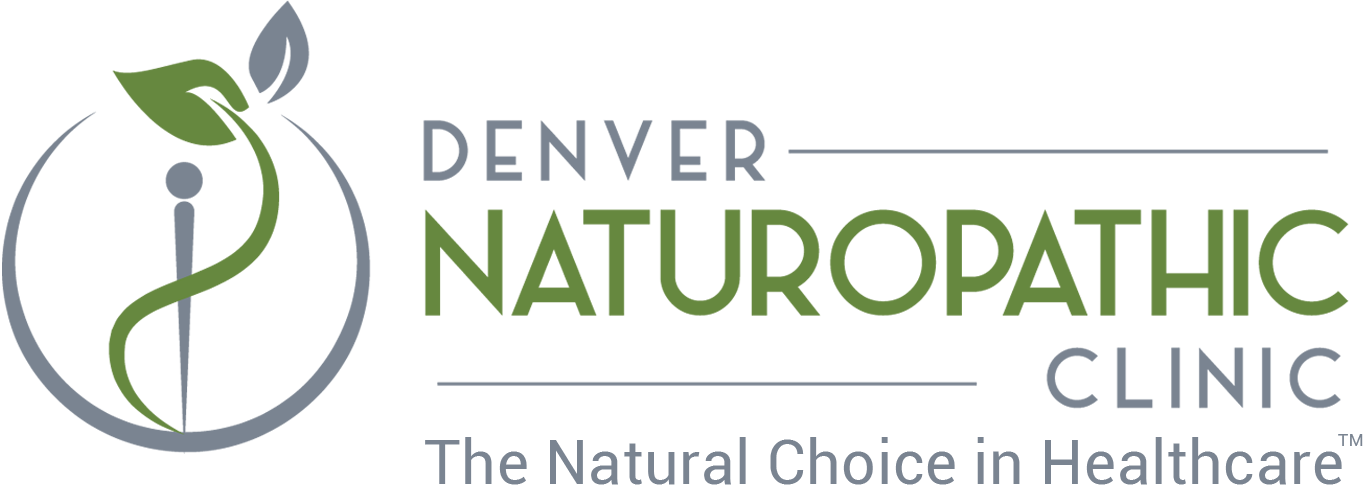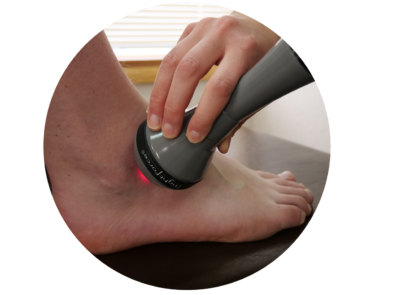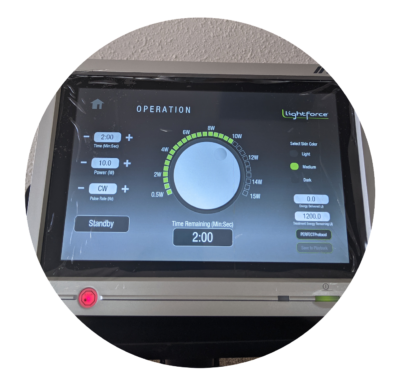LASER THERAPY
drug-free pain relief and natural healing
What is deep tissue laser therapy?
Laser is a non-invasive treatment FDA approved for a variety of conditions. It is a powerful tool that promotes tissue healing and provides pain relief.
It is ideal for acute injuries such as a torn ligament, a sprain or strain, and is also an effective treatment for chronic pain including back/neck pain, arthritis and more.
~ Improve your mobility and quality of life ~



